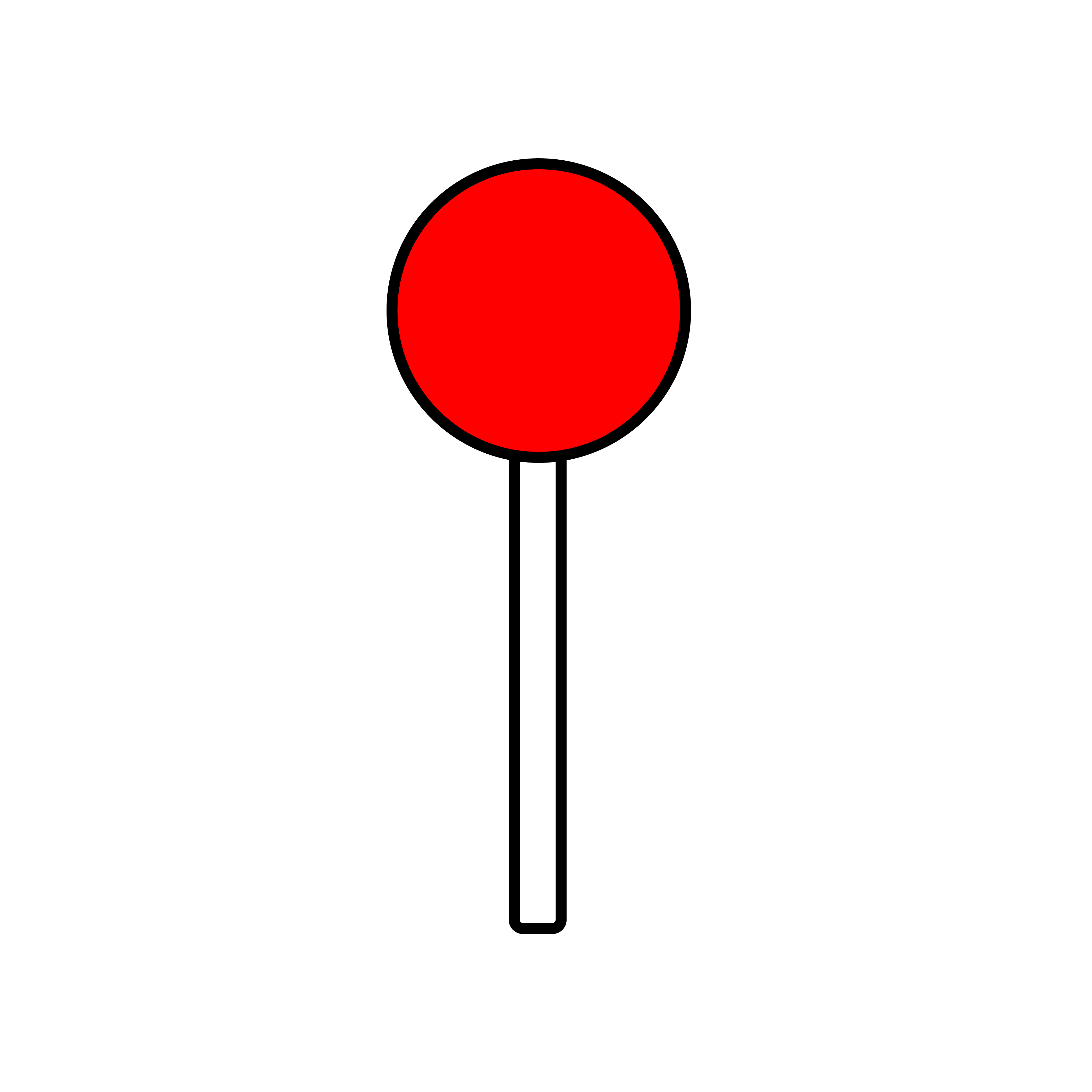Livestock
4. Karan Beef Lot, Heidelberg
By sheer quantity of animals, cattle farming in South Africa places third behind sheep and poultry farming, but by gross value, ranks first at forty-percent of all livestock production, and twenty-eight percent of all agricultural production. Annual harvest of beef stands at about seven-hundred metric tons of usable meat, around six percent of which is exported to markets in East and Southeast Asia, the Middle East, and Africa.
Karan Beef Farm, the largest beef feedlot in Africa, is an example of a typical beef production site. Seventy percent of beef in South Africa comes from feedlots, in which large pens with ration and nutrition-controlled feed troughs contain around one-hundred cattle per lot. Nearby abattoir facilities handle cattle slaughtering, processing, and beef packaging. Significant amounts of water are used for feed and feedlot maintenance. Feedlot soil is quickly susceptible to erosion. In that way, a feedlot will probably remain a feedlot, and not change into a crop farm.






